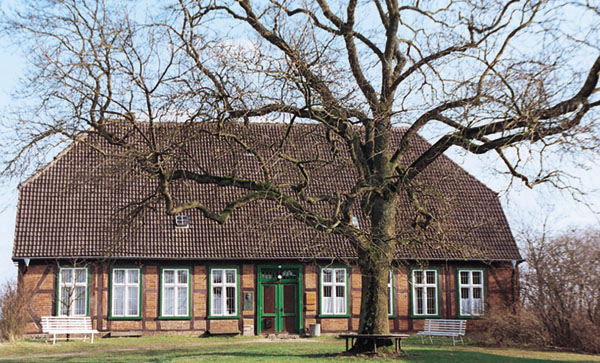The Heinrich Schliemann Museum
Sidebar to: Heinrich Schliemann: Improbable Archaeologist

In 1823, when Heinrich Schliemann was one year old, his father became pastor of the tiny village of Ankershagen, in the north German region of Mecklenburg. Here the world-famous archaeologist spent his childhood.
There is an intimate connection between Ankershagen and the course of Schliemann’s life. The gently rolling landscape surrounding the Havel River—with its Bronze Age burial mounds and medieval robber-baron castle—stirred the boy’s imagination. “The pickax and spade for the excavation of Troy and the royal tombs of Mycenae,” Schliemann wrote in his autobiography, were “forged and sharpened in the little German village in which I passed eight years of my earliest childhood.” Here, he tells us, he decided that one day he would excavate Troy.
The Schliemann family home is a half-timbered house built in the mid-18th century. In 1980 the site was officially named the Heinrich Schliemann Gedenkstätte (memorial); six years later it became a museum and research center—the first museum anywhere devoted to Schliemann’s memory. Later designated a national cultural property, the house was renovated in 1996–1997—with a new permanent exhibition opening last September. Visitors can now see, for the first time, the bedroom Schliemann slept in as a child.
Already a library member? Log in here.
Institution user? Log in with your IP address.

